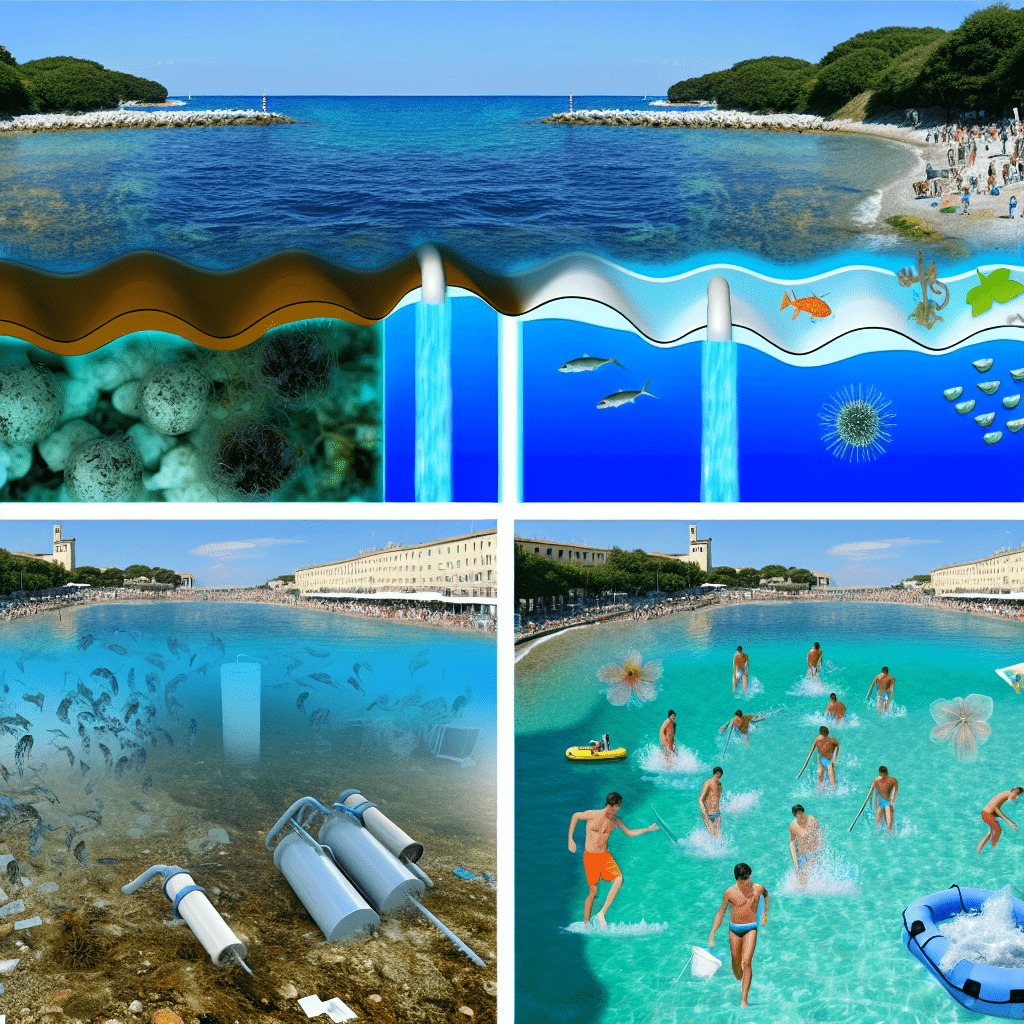”
Despite being known for its scenic lakes and rivers, Italy faces substantial challenges concerning water quality. This article scrutinizes these issues, their origins, and proposes probable avenues towards healthier, safer water.
The core of Italy’s water quality problems are germane to industrial pollution, agricultural excess, deficient wastewater treatment, and the disruptive implications of climate change.
Predominant pollutants in Italian waters include heavy metals, detrimental industrial effluents, untreated sewage, and excessive nutrients precipitating harmful algal blooms. These pollutants pose an intense threat to health, disturb the intricate balance of aquatic ecosystems, and exert immense pressure on water treatment facilities.
While the European Water Framework Directive and Italy’s National River Basin Management Plans form the fulcrum of national water policy, ongoing quality issues underline the pressing need for sustainable measures.
Addressing Italy’s water quality means stricter regulation on pollutant discharge, significant investments in upgraded wastewater treatment facilities, the championing of sustainable farming practices, and the development of water management strategies steadfast against climate change.
Additionally, the role of public participation, education, and awareness is instrumental in this endeavor. National initiatives focusing on water conservation, pollution control, and the value of clean water can spur invaluable societal changes.
In conclusion, while the journey towards improved water quality in Italy indeed presents hazardous currents, this journey leads to a attainable destination. Teaming robust policy implementation, technological development, and public involvement, Italy can transition from troubled currents to crystalline tranquility.
By FountainGO!

